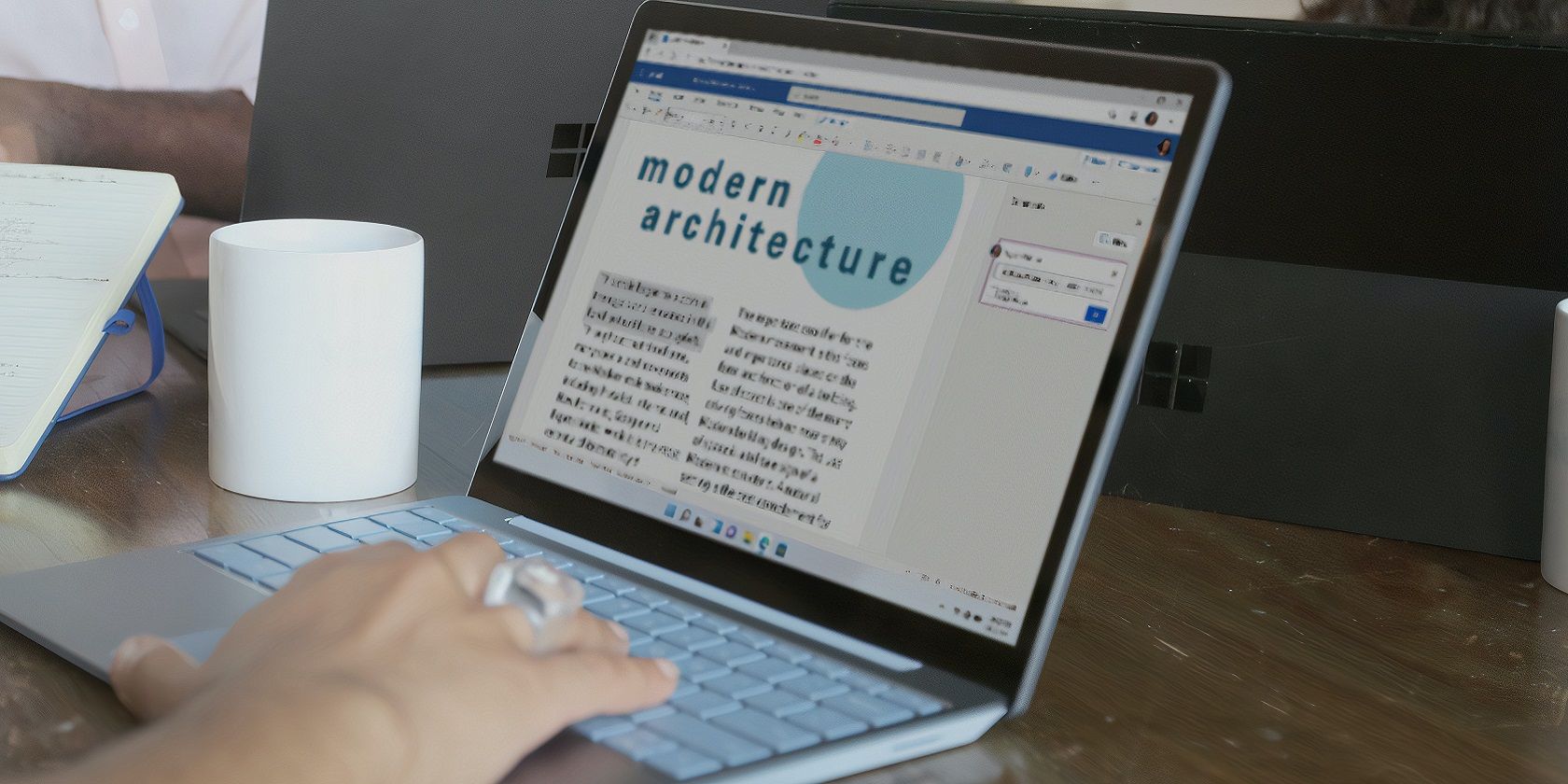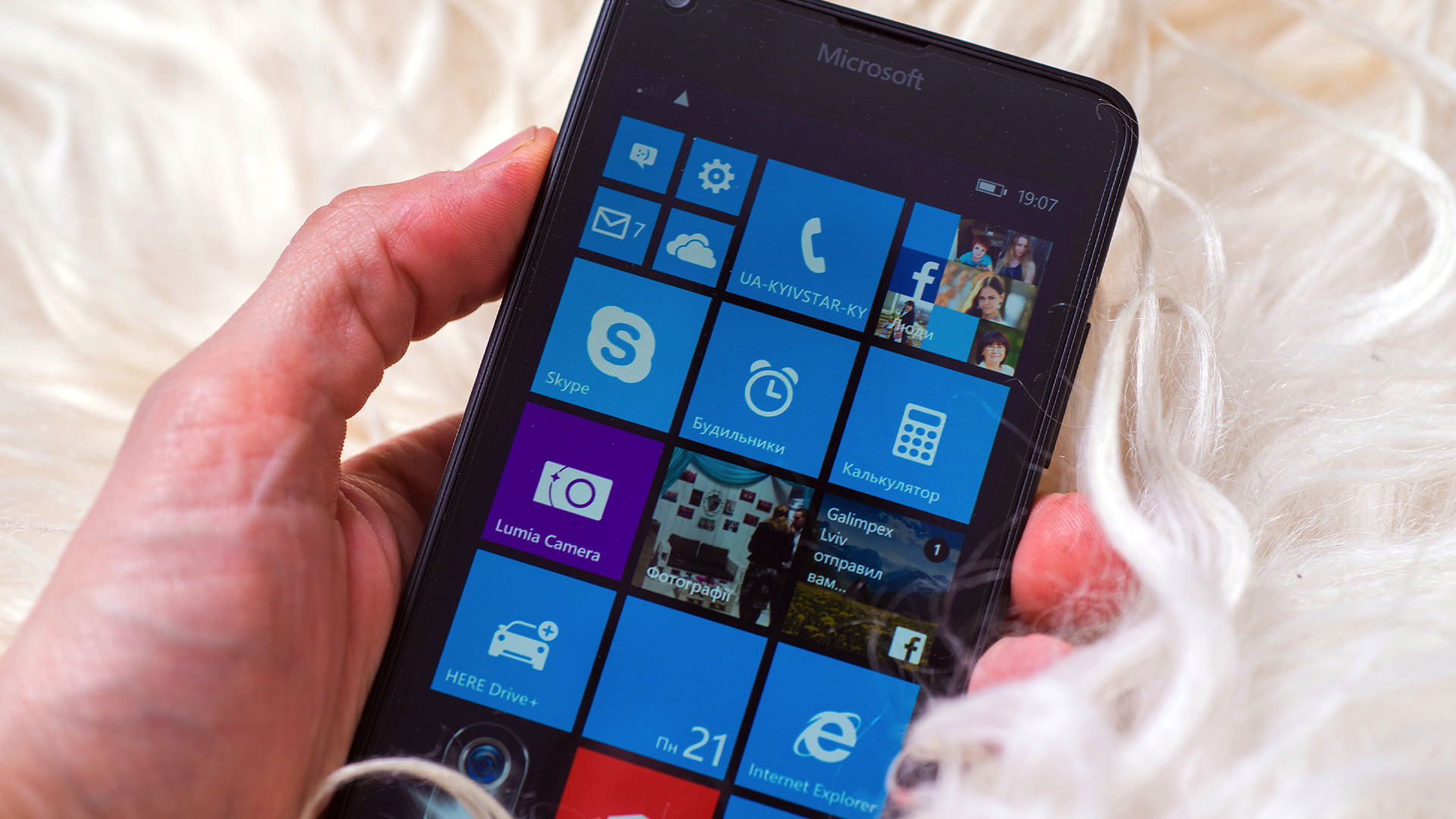
The Potential of Microsoft's Smart Tech: Bringing Back the Windows Phone Revolution

The Potential of Microsoft’s Smart Tech: Bringing Back the Windows Phone Revolution
Key Takeaways
- Microsoft’s AI could potentially revive Windows Phone by addressing the app gap, reimaging Live Tiles, and assisting developers.
- AI-powered Live Tiles could work as app replacements, offering a more efficient way to utilize AI capabilities compared to a grid of app icons.
- Microsoft’s AI can help developers port their apps to Windows Phone by optimizing an AI model to translate existing Android or iOS code to Windows Phone code.
Windows Phone failed to compete with Android and iOS and was ultimately discontinued. Most people believe this is because Microsoft entered the smartphone race too late—but what if they were too early?
AI-powered smart devices are all the rage right now, and I strongly believe that Microsoft’s cutting-edge AI could revive Windows Phone and give it a fighting chance.
Why Did Windows Phone Fail and Get Discontinued?
Many issues plagued Windows Phone, from its execution to reception, but the most important reason behind its demise was the severe lack of apps. You didn’t have a native app for YouTube, Gmail, Snapchat, and many more, which made Windows Phone impractical for most people.

Roman Pyshchyk / Shutterstock.com
Microsoft’s late entry into the smartphone market didn’t help either. By the time Windows Phone launched in 2010 , iOS (released in 2007) and Android (released in 2009) had already established a strong foothold. Redmond was playing catch-up from day one.
Moreover, unlike Apple, Microsoft didn’t build its own hardware. Instead, it relied on other manufacturers to create Windows Phone devices while providing the software. This strategy mirrored Android’s approach, but with a crucial difference—Android was free for manufacturers, giving it an economic advantage over Windows Phone, which required manufacturers to buy a license .
The slow start and being a paid OS meant Microsoft had an uphill battle trying to sway smartphone users already vested in the Apple or Android. This eventually led to a vicious cycle in which the lack of users made developers hesitant to create apps, which in turn discouraged users from adopting Windows Phone.
Windows Phone Still Had Its Fans
Despite these challenges, Windows Phone carved out a special place in the hearts of many, especially Nokia Lumia owners—myself included. The platform’s innovative live tiles, unique designs, and cutting-edge camera hardware made it stand out in a sea of boring-looking smartphones and their monotonous icon grids .
Looking back on it now, yes, the app gap was a problem, but if you can forgive that, the Windows Phone platform had potential . Even Microsoft’s current CEO, Satya Nadella, has expressed regret over the decision to discontinue Windows Phone in 2017.
Now, this doesn’t mean that Microsoft is currently planning to revive Windows Phone. But what if they were? Microsoft is all-in when it comes to integrating AI with their operating system , and I feel an AI smartphone would be the perfect way to breathe life back into Windows Phone and solve its core problems.
How Microsoft’s AI Can Solve Windows Phone’s Biggest Problem
When we talk about Microsoft’s AI, we’re essentially referring to GPT-4o . Microsoft’s deep partnership with OpenAI puts them at the forefront of AI technology. If you haven’t seen GPT-4o in action, check out this demo:
However, we also have Microsoft’s in-house AI models like Phi-3 . This is a lightweight AI model that can run locally on your device, which, in theory, means faster operations and increased privacy—all your data stays on your device and doesn’t go to the cloud. Combining the fast Phi-3 with the efficient GPT-4o, you can significantly reduce the app gap in the Windows Phone ecosystem and turn it into a desirable mobile operating system.
In my mind, resurrecting Windows Phone with AI would revolve around three key steps:
- Integrate on-device AI to mitigate the app gap
- Make live tiles proper app replacements
- Help developers port their apps to Windows Phone
Let’s dive into each of these steps to see how AI could transform Windows Phone into a cutting-edge, AI-first mobile operating system.
On-Device AI Could Help Mitigate the App Gap
Remember the Rabbit R1 and Humane Pin ? These AI-powered devices generated a lot of buzz but ultimately fell short—not because the idea was bad, but because the execution missed the mark. They promised features that could be handled by a digital assistant or app on your existing smartphone—or, in our case, a revived Windows Phone! By integrating AI at the OS level, Windows Phone could potentially achieve what Rabbit R1 and Humane Pin hoped.
For starters, this approach could effectively shrink the app gap as AI could do many of the tasks we currently use dedicated apps for. A multimodal AI could help you generate images, edit photos, create ringtones, and much more. It could also replace most of your productivity apps as it could transcribe voice notes into text , automatically format them, and easily retrieve them as per your needs.
However, the main power comes with API integration. We have already seen how this can work out with Custom GPTs , where you can access different apps from a chat interface and perform different actions with natural language. For example, in ChatGPT, you can use the Canva GPT to design logos, social media posts, etc. You can also book tickets using Kayak GPT , search the internet for up-to-date information using Bing integration, do complex math calculations using Wolfram Alpha GPT , and much more.
In fact, a similar concept AI phone is already in the works and was showcased at MWC 2024:
Granted, this concept phone here runs Android. Also, Apple is adding AI at the OS level to revamp the iPhone experience . And I know what you might be thinking—if Apple and Android can already do all the OS-level AI stuff, won’t reviving Windows Phone lead to history repeating itself? Well, I don’t think so, and my confidence stems from two words—Live Tiles.
AI-Powered Live Tiles Could Work as App Replacements
Live Tiles introduced the innovative idea of combining apps, widgets, and notifications into a single entity. You could tap on a Live Tile to open the corresponding app or avoid entering the app altogether and just use its widget functionalities. Then there were notifications, where the Live Tiles automatically flipped and updated themselves with new information.
Now, with an OS-level AI in the picture, you could potentially create custom live tiles on the fly. AI is already powerful enough to let you create basic applications using simple text inputs. When you combine that with the previously discussed API access, you can potentially create custom live titles functioning as small applets on your home screen.
Not only does this help mitigate the app gap, but it can also be a huge accessibility improvement over the iOS and Android implementations. The custom live tiles with access to specific app APIs can display relevant information, and you can use interactive elements on the tile to interact with the API—similar to interactive widgets. Of course, the option to interact with the API using natural language will always be available by opening that particular Live Tile.
Another benefit I can imagine coming out of AI-powered live tiles would be what I’d like to call “Live Home Screens.” Based on urgency or importance, AI could expand or shrink Live Tiles, making the entire home screen dynamic and alive. It could even reorganize tiles into different sections, ensuring you always see the most relevant information or tools first. Nothing—the company behind the Nothing Phone is exploring a similar concept. You can take a look at this demo video to get an idea of how they’re planning to implement this feature:
As such, even with iOS and Android having OS-level AI integration, an AI-powered Windows Phone will still have an advantage because Live Tiles offer a more efficient way to utilize AI capabilities compared to a simple grid of app icons.
Help Developers Port Their Apps to Windows Phone
By now, we’ve discussed how AI and APIs could potentially substitute or bypass the need for many apps. However, it’s important to recognize that there are two types of apps:
- Apps that are merely interfaces connecting users to a service (like flight booking apps)
- Apps that are the service or product themselves (like social media platforms or mobile games)
While the first type could potentially be replaced by AI-powered interfaces using APIs, the second type still requires native apps. That said, this is also an area where Microsoft’s AI can help. We already have AI-powered coding assistants like GitHub’s Copilot (which is a Microsoft product) that can write code snippets or help translate code written in one programming language to another. All Microsoft has to do is optimize a similar AI model, say “Windows Phone App Porting Assistant,” and train it on the following:
- Best practices for Windows Phone app development.
- Writing code snippets tailored for the Windows Phone environment.
- Translate existing Android (Java or Kotlin) code or iOS (Swift or Objective-C) code to Windows Phone (C, C++, C#) code, making ports as seamless as possible.
Granted, AI tools aren’t this advanced yet and can’t automatically port apps. However, they can certainly help developers translate code from one language to another, and create code snippets that can significantly reduce the time and effort needed to bring their apps to Windows Phone.
While Windows Phone’s initial run ended in discontinuation, Microsoft’s AI prowess could potentially revive it as a unique, AI-first mobile platform. By leveraging AI to address the app gap, reimagine Live Tiles, and assist developers, a new Windows Phone could offer a distinctive experience.
Also read:
- [New] Logging Live Video Conversations
- [New] Switching Picture-in-Picture on Mac/iOS Effortlessly for 2024
- [New] Tickle Treasure Trove Uncovering Best Apps for Memes for 2024
- [Updated] The Complete Picture Toolwiz's App Masterclass
- Accurate Steps in Upgrading Firmware of Dell Webcams: A Comprehensive Guide
- Comprehensive Guide to Downloading and Updating AMD Vega 64 Graphics Card Drivers for Windows
- Get Updated Geforce RTX 2070 Graphics Card Drivers Compatible with Windows Versions
- How To Successfully Patch Your PC with Windows 10 Version 2004 and New Conexant Support
- In 2024, Saving Your Digital Dialogue A Quick Guide to FB Chat Recordings
- Official NVIDIA RTX 3070 Ti Graphics Card Drivers for Windows Operating Systems
- Overcoming Common Problems with Closed Captioning on Roku - Quick Solutions!
- Slash Your Spending on Computers: Unveiling the Lowest CPU Rates of 2E24
- The Future of Streaming Money YouTube Update
- Title: The Potential of Microsoft's Smart Tech: Bringing Back the Windows Phone Revolution
- Author: Joseph
- Created at : 2024-10-17 02:30:02
- Updated at : 2024-10-18 16:37:36
- Link: https://hardware-help.techidaily.com/the-potential-of-microsofts-smart-tech-bringing-back-the-windows-phone-revolution/
- License: This work is licensed under CC BY-NC-SA 4.0.